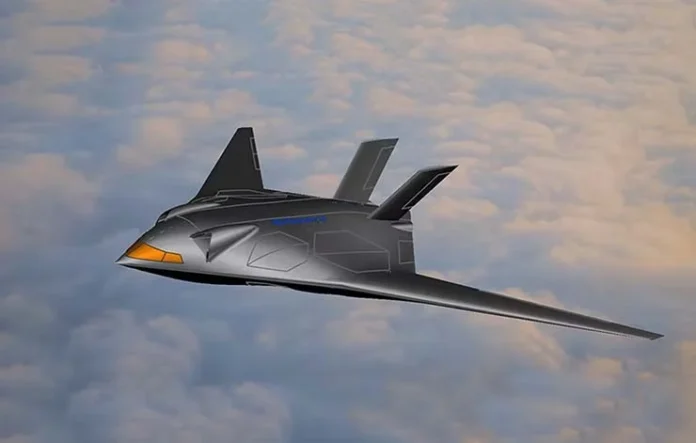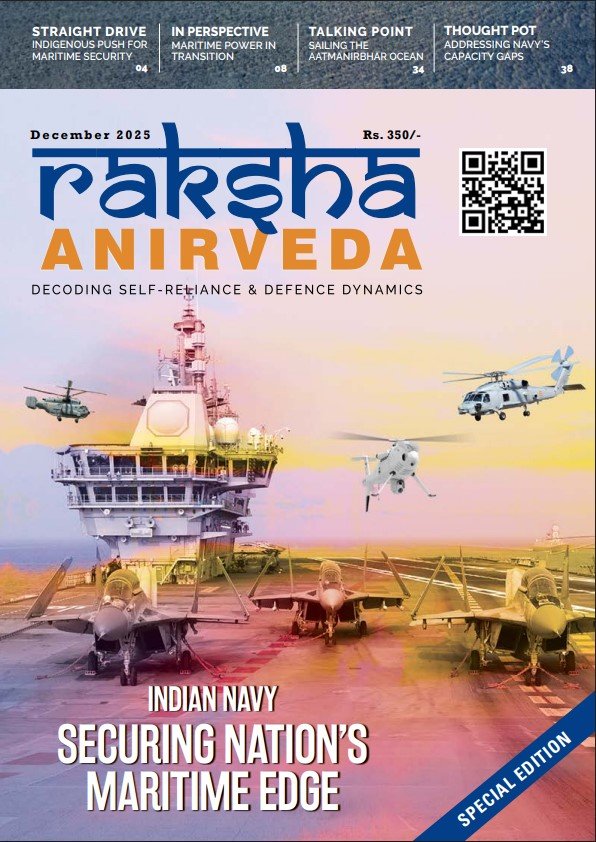Washington: The US Defence Advanced Research Projects Agency (DARPA) is working with four companies to design an experimental vertical-takeoff-and-landing aircraft that can fly at speeds far faster than the V-22 Osprey. The collaboration comes as the US military considers how it might operate aircraft in areas that lack traditional runways.
DARPA calls its program SPRINT, for Speed and Runway Independent Technologies. In November, the agency awarded contracts to Aurora Flight Sciences, Bell Textron, Northrop Grumman and Piasecki Aircraft Corp. to start honing their ideas. The total value for these four deals, which cover the initial phase, could be worth $15 million to $20 million, depending on what options the agency exercises.
By spring of 2027, DARPA wants one of those companies to have finished designing and prototyping their aircraft, built it, and carried out its first flight.
Navy Cmdr. Ian Higgins, SPRINT’s program manager, said in an interview that speed is one of the key requirements for this aircraft. When the SPRINT aircraft flies forward, DARPA wants it to reach speeds between 400 and 450 knots, or about 460 to 520 mph. The V-22 Osprey has a maximum speed of 270 knots.
“What we … want to be able to achieve is higher-end speeds,” Higgins said. “We’re going another 100-plus knots beyond [the Osprey], which itself challenges physics if you were just to use the propulsion system that’s in the Osprey.”
Higgins said the SPRINT aircraft also must be able to hover and be stable, transition between hovering and forward flight, and have a distributed power system during that transition that effectively powers all the propulsion systems. Higgins said SPRINT is not focusing on the survivability or potential payload of these concepts.
When it comes to achieving those goals, DARPA is giving the competing companies wide latitude. For example, he said, companies can decide whether their aircraft should be crewed or uncrewed, or flown autonomously or semi-autonomously.
“Right now, it’s all over the place,” Higgins said.





